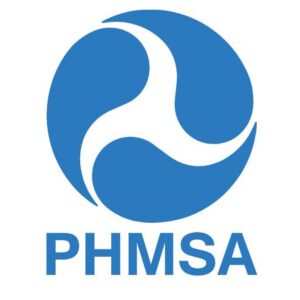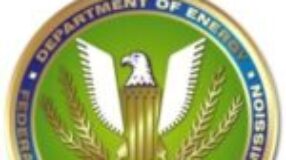
AGA and INGAA are petitioning PHMSA to amend 49 CFR Part 193.2619 to recognize and enforce the pressure relief device (PRD) testing requirements in NFPA 59A (2001 edition) at 11.5.5.1(e) (incorporated by reference in 49 CFR Part 193) instead of the current requirements in 49 CFR Part 193.2619 and correct this discrepancy in requirements.1
The existing regulatory language requires operators to inspect PRDs annually. AGA and INGAA are requesting that the testing requirements align with the industry standards outlined in NFPA 59A (2001), which allows PRDs to be inspected and tested at intervals not exceeding 5 years plus 3 months, except for stationary LNG tank relief valves, which must be inspected and tested at least once every two calendar years, at intervals not to exceed 30 months.
Additionally, PHMSA should consider allowing operators the option to develop a risk-based inspection program, consistent with existing technical standards, such as API Recommended Practice (RP) 576 and API RP 580.
The Associations actively participate in gas voluntary national consensus standards development organizations, with several member companies’ personnel serving as NFPA Technical Committee members (NFPA 59A LNG Technical Committee), and believe this amendment would align with existing national consensus standards.
As described in more detail below, the Associations believe that this amendment will not increase the risk to LNG facilities or to the pipeline system. In fact, there is an increased risk with implementing the regulation as written. The purpose of this petition is aimed at reducing unnecessary risk associated with the preparation for and removal, inspection, testing and reinstallation of PRDs on an annual basis required under the current regulation (49 CFR Part 193) which is overly prescriptive, contrary to industry standards, and does not contribute to reducing operational risk.
The Associations’ primary reason for recommending the revision is to reduce system risk. However, the amendments proposed have the additional benefit of reducing the cost impact to customers (see page 8), without compromising safety. PHMSA could consider packaging this regulatory change into its response to the Office of Secretary’s Notification of Regulatory Review, which was published in the Federal Register on October 2, 2017 (82 Fed. Reg. 4575). It is rare for PHMSA to be presented with an opportunity to make a rule change that enhances the safety of the public and the safety of the operator’s personnel, while making significant reductions in costs to the industry.







